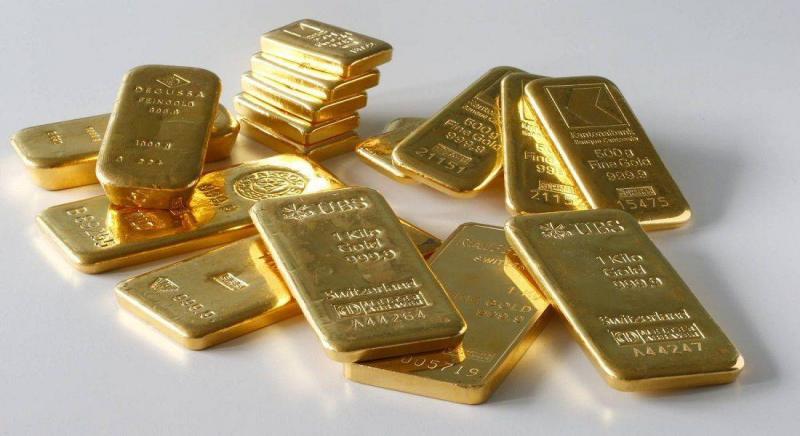Chinese consumers are purchasing gold in large quantities following a decline in their confidence in traditional investments such as real estate and stocks, while the country's central bank has increased its gold reserves, according to a report by the "New York Times." Gold is considered a safe investment during times of geopolitical and economic turmoil, and its prices have risen after the Russian invasion of Ukraine and the war in Gaza.
The newspaper, titled "Chinese are buying gold 'as if there is no tomorrow'," states that the continued rise of gold above $2400 for a period was driven by China. Ross Norman, CEO of MetalsDaily.com, a London-based precious metals information platform, stated, "China is undoubtedly leading gold prices."
Gold consumption in China increased by 6 percent in the first quarter compared to the previous year, according to the China Gold Association. Investing in gold has become more attractive due to the ongoing crisis in China's real estate sector, which was once the preferred place for most households' savings, while investor confidence in the country's stock markets has diminished after many large investment funds collapsed due to failed real estate bets.
With few better alternatives available, money has flowed into Chinese funds trading in gold. The World Gold Council reported last Tuesday that global demand for the precious metal rose 3 percent year-on-year to 1,238 tons in the first quarter of 2024, marking the strongest demand in any first quarter since 2016, supported by off-exchange trading activities.
The demand for safe havens, driven by geopolitical and economic uncertainty, along with off-exchange investments and ongoing purchases by central banks and increased demand from Asian buyers, led to a rise in gold prices in March and April, pushing the average gold price in the first quarter to a record $2070 per ounce.
Investment in gold bars and coins—another key sector of gold consumption—grew by 3 percent to 312 tons in the first quarter, boosted by rising demand for small gold bars in Asia. In China, demand for gold bars and coins soared by 68 percent to 110 tons, the strongest in over seven years.
China already possesses significant influence in gold markets, but this has become more apparent during the recent upward wave, according to the "New York Times." The newspaper notes that although prices have dipped to around $2300 per ounce, there is a growing sentiment that the gold market is no longer driven by economic factors but rather by the whims of Chinese buyers and investors.




